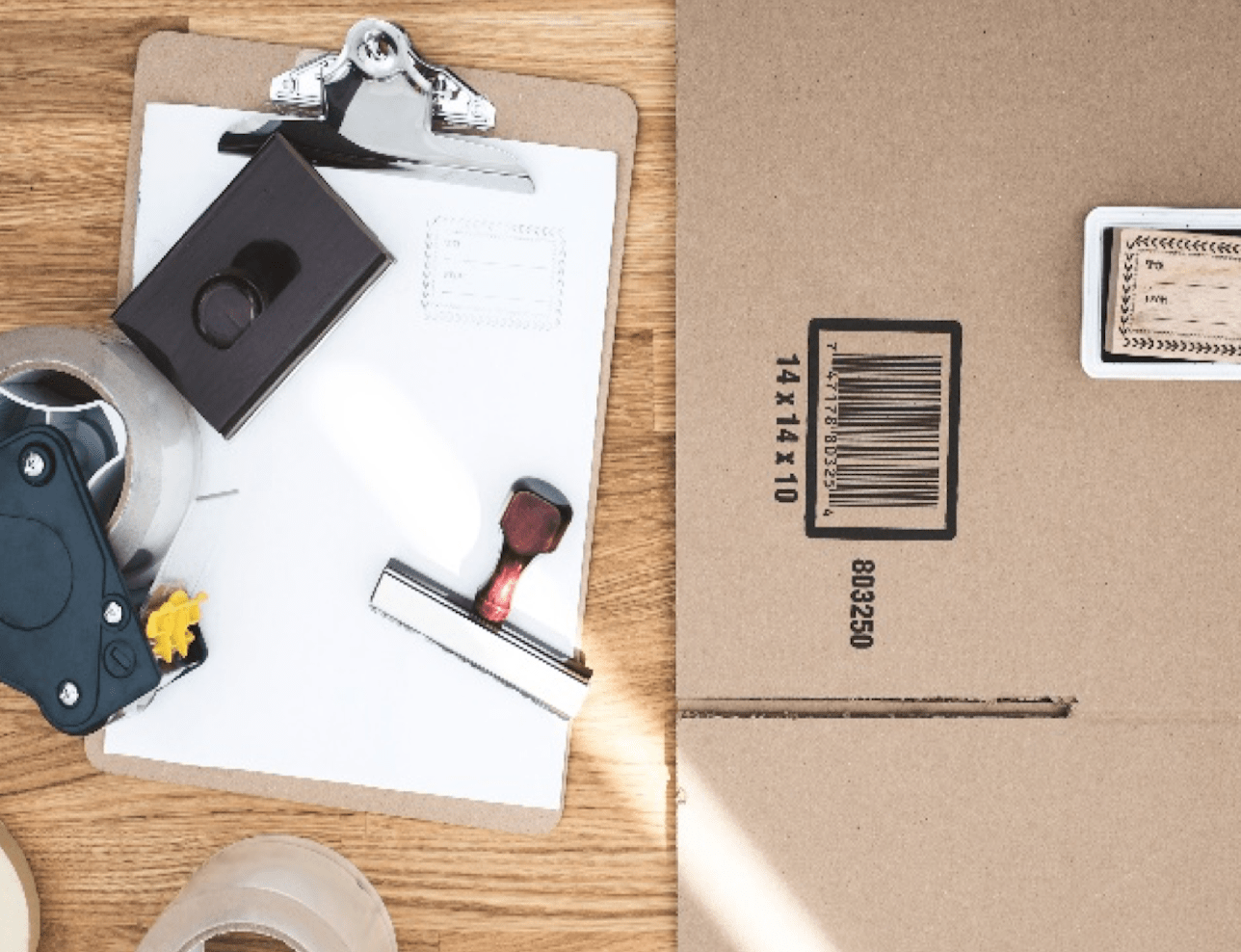It all began over 40 years ago when an owner of a supermarket was desperately trying to increase his profit in his store and began looking for some assistance.
Before you were able to buy barcodes to place on your products a teller would have to manually ring up each item on a cash register, just imagine how incredibly time consuming this would be, and the small number of customers that would be served in one day. This particular supermarket owner implored with the dean at Drexel Institute of Technology in Philadelphia to create a system in which his customers would be moved through his store in less time, as well as a way in which he could improve his stock taking methods. The dean was not intrigued by his proposal and did not take any steps as requested. However, Bernard Silver, who was a postgraduate at the time overheard the conversation and proposed the scenario to a graduate, Joe Woodland, who was an inventor. Joe then took it upon himself to put his mind to it and see what scenario he could come up with. Inspiration eventually hit one day while Joe was on the beach in Miami, his idea was a code of some sorts that people could place on products in stores and be scanned instead of manual input that would increase productivity and time consumption. He drew the code in the sand with his fingers as vertical lines, inspired by Morse code. Intriguing mind I would say, wouldn’t you?
He worked on his idea together with Bernard Silver and they came up with a plan, which in 1952 a patent was granted for. The prototype used a 500-watt red-hot bulb and an oscilloscope to read the bar code, it was huge, could possibly say the size of the desk you may be currently sitting at. They seemed to be onto something, but it only worked up to a certain point.
It was then in 1960 when the first laser was invented, which prompted the rethinking into the barcode. Its invention was not with the intention to be used in retail supermarkets but possibly for surgery or welding. But others had broader ideas.
In 1966 the Kroger Company who ran one of the largest retail chains teamed up with a research team at the RCA, to put together a system where an optical scanner containing a laser could assist in retail. They took the Woodland and Silver patent and the bull’s eye barcode was created. It was printed and tested, and thereafter incorporated in one store. The sales figures hit the roof.
This then brought about the UPC (Universal Product Code) that could be used throughout all supermarkets. Shop owners were reluctant, as most people are when something new and unknown is brought into business. It took four years to be able to present a full proof concept to the industry.
Eight companies submitted ideas to the symbol committee, one of them being a company called IBM, in which Joe Woodland was currently working for. A man by the name of George Lauren from IBM then created the rectangular UPC bar code, after covering all the specifications provided to him, and it was a huge success. The first product to be scanned containing a UPC barcode was a pack of Wrigley Juicy Fruit Gum.
The barcode became big in the 1980’s when it was used in Kmart. By 2004 Fortune magazine estimated the codes were being used by up to ninety percent of the top companies.
Although all the ideas, inventing and creating was done in America, the bar code changed the world of retail worldwide, in all countries, including South Africa.
In 2012 Woodland sadly passed away, but it must have been quite a marvellous and surreal feeling to see the creation and evolution of the original code lines he envisioned that one day on the beach.
So, there you have it, over 40 years of history of the barcode. One supermarket owners dream turned into reality. Reminds one to dream big and persevere as one day you could too witness an idea of yours become as big as the barcoding world.
If you would like to find out more information regarding the purchasing and registering of barcodes South Africa, have a look at our user-friendly website www.barcodesolutions.co.za. We are always eager to assist in your barcoding experience.


